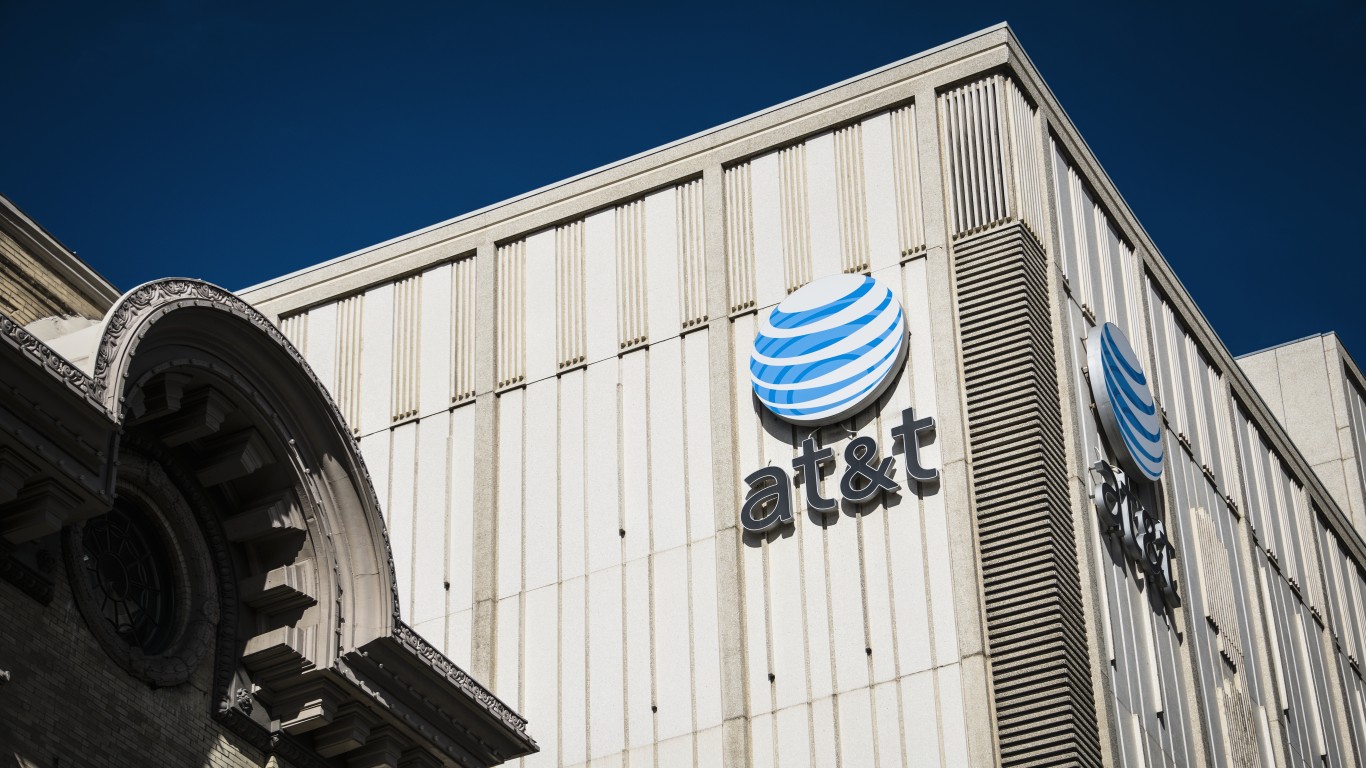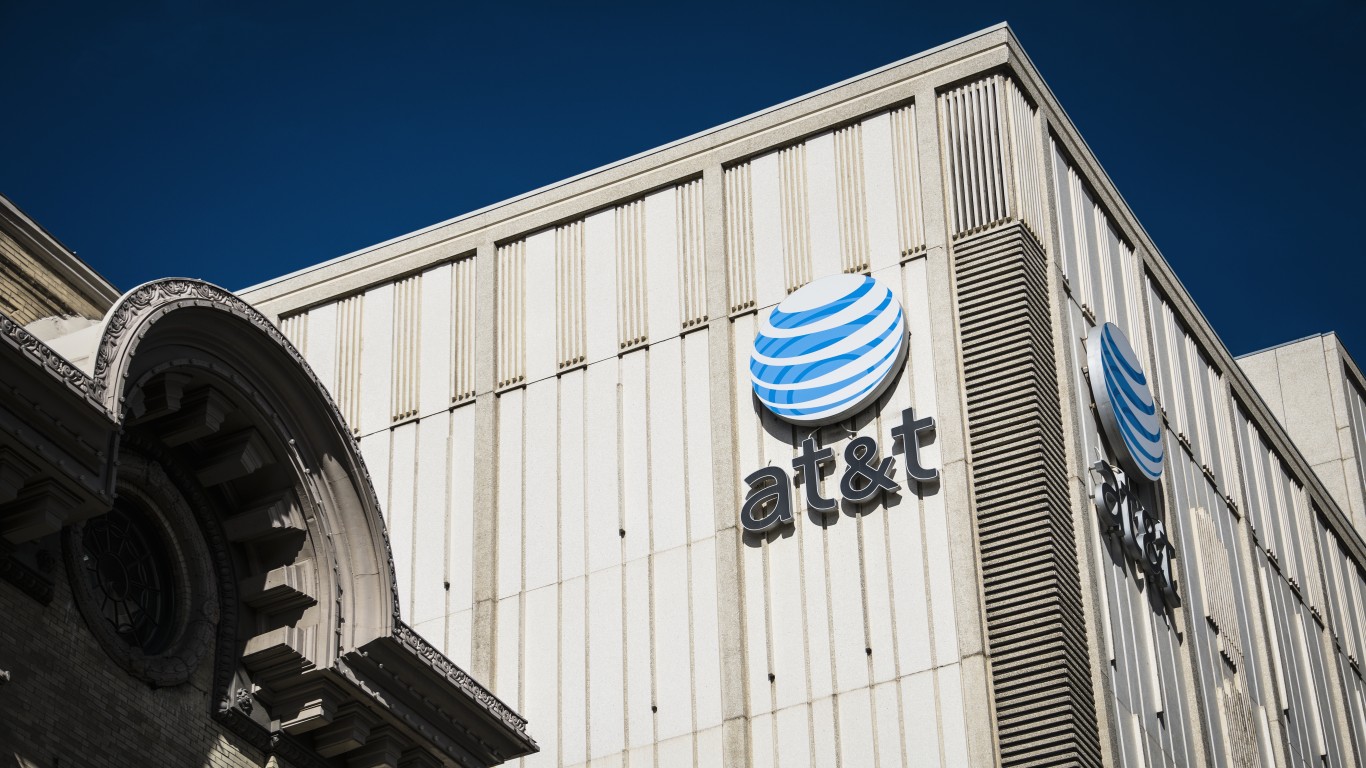
The novel coronavirus pandemic has turned the world upside down. AT&T Inc. (NYSE: T) has felt the upheaval and has delayed the opening of the AT&T Discovery District in Dallas. But the telecom giant’s technology initiatives remain on track, a senior executive wrote in a blog post this week.
Scott Mair, president of technology and operations, acknowledged that the lockdown and the vast shift to work-from-home and school-from-home have increased the need for streaming services. This helped to create an unprecedented demand on AT&T internet services.
“Video streaming soared as kids started attending school remotely and we all binged on our favorite shows and movies,” Mair said. “Businesses needed dramatically more VPN connections to enable their employees to access corporate networks from home.”
Core network traffic surged 20% in the blink of an eye, he said.
“In the face of that historic demand, though, our network teams both kept the current systems running smoothly and have continued to deliver on our long-term innovation strategy,” Mair said.
In the Works Since 2014
He credits a years-long planning process for the company’s ability to adjust. Those plans made 2020 an important target date.
In 2014, the company said it would have 75% of its core network functions operating under software defined networking (SDN) by the end of this year. In 2018, it began to offer 5G mobile service with a goal of nationwide coverage by this summer. And the company is rolling out 400-gigabit optical connections to carry live internet traffic across its networks.
SDN is networking technology that allows for more automation. With 5G cellular service, wireless companies can offer faster speeds and lower latency. And 400G optical connections provide a larger pipeline for data to flow on the internet.
“Addressing the COVID-19 surge while staying on track with our long-term goals is only possible because we’ve spent years putting in place people and plans that can adapt, improvise and overcome any obstacle,” Mair said.
Cellular Service for First Responders
He also noted that the company has been expanding FirstNet, the only network built for public safety personnel and purposes:
We’re honored the First Responder Network Authority (FirstNet Authority) – an independent government agency – selected us for this public-private partnership charged with delivering a nationwide wireless communications platform that provides an experience unlike any other. Now, more than 12,000 public safety agencies and organizations across the country have subscribed. And over 1.3 million FirstNet connections are in service.
Beginning this month, AT&T is offering a 50% six-month discount on rate plans for individual first responders who pay for their own cellular service. It is also providing some assistance for paying for a smartphone.
“We’re now over 1.3 million devices connected to the network and we’re seeing that pace accelerate over the last several weeks,” AT&T president and chief operating officer John Stankey said last month. “And so not that I’m enamored with the pandemic, but it has helped that product category and the awareness of that product category.”
The picture is not all rosy for AT&T, the nation’s second-largest wireless company.
Chairman and chief executive Randall Stephenson discussed the company’s first-quarter SEC filings last month. He said the pandemic had cost the company five cents per share on its first-quarter earnings:
It’s impossible to overstate the impact of COVID-19 on all of us. I expect it will have long-lasting implications for many things we used to take for granted, like how we congregate, work, travel and interact. The economic impact has been swift and there is no consensus on how long this downturn lasts.
A lot hinges on when and how we open things back up, when do we have sufficient testing and protocols in place, so people feel comfortable returning to work or school or even going shopping. Bottom line, we have very little visibility into the broader economic situation, which makes it impractical to provide detailed financial guidance at this time.
In the first quarter, revenue fell by $600 million to $42.8 billion and profit sagged by $360 million, with much of the decline coming from the loss of sports television programming.
Wall Street analysts are forecasting second-quarter earnings per share of $0.81 and revenues of $42.01 billion. For the full year, the consensus estimates call for EPS of $3.23 and revenues of $170.91 billion.
AT&T stock was up about 1% in NASDAQ trading Thursday morning. It closed Wednesday at $28.79 per share. The 52-week range is $26.08 to $39.70.
Of the three leading wireless carriers in the U.S., AT&T has had the worst stock market performance this year. Its shares are down about 25% since Jan. 2. Verizon Communications Inc. (NYSE: VZ), the largest wireless carrier, has seen its shares sag by about 9%. But third-ranked T-Mobile (NASDAQ: TMUS) is up about 18% from the beginning of the year.
AT&T Discovery District Opening Delayed
Meanwhile, AT&T has put on hold indefinitely the opening of the AT&T Discovery District in downtown Dallas. The $100 million redevelopment of a five-block area, which includes public venues, huge digital displays, restaurants and retail stores, has been in development for more than three years. But COVID-19 has thwarted the celebration of its completion. No new date has been selected for the opening.
Plans for the district were drawn up after AT&T, which offers telecommunication, media and technology services, considered leaving downtown Dallas in 2016. After reviewing alternatives, the company decided to stay put and invest in making the area surrounding its four buildings more inviting for its employees and the public.
But public plazas, restaurants and retail stores are just the kind of places that the Centers for Disease Control and Prevention have advised people to avoid during the coronavirus pandemic. The Cowboys Fit gym is temporarily closed because of COVID-19. But as Texas is reopening some businesses, restaurants like Jaxon are inviting diners to eat in as well as order food for takeout and delivery.
The Ups and Downs of TV
If AT&T meets its targets for nationwide 5G coverage, HBO Max may reap the benefits. The new streaming service will include HBO, premium movies, TV shows and original content. It will be included in some AT&T wireless plans beginning later this month.
When HBO Max launches on May 27, subscribers will pay $15 a month. Customers who sign up before then will pay $12 a month. Competitors offer cheaper options. Disney+ (NYSE: DIS) costs $7 a month and Netflix Inc.’s (NASDAQ: NFLX) cheapest option is $9 a month.
That is in contrast to AT&T’s subscription TV services that have racked up losses as Americans continue to cut the pay TV cord. This change in viewers’ taste has affected all companies that offer cable, including Comcast Corp. (NASDAQ: CMCSA).
It’s Your Money, Your Future—Own It (sponsor)
Retirement can be daunting, but it doesn’t need to be.
Imagine having an expert in your corner to help you with your financial goals. Someone to help you determine if you’re ahead, behind, or right on track. With SmartAsset, that’s not just a dream—it’s reality. This free tool connects you with pre-screened financial advisors who work in your best interests. It’s quick, it’s easy, so take the leap today and start planning smarter!
Don’t waste another minute; get started right here and help your retirement dreams become a retirement reality.
Thank you for reading! Have some feedback for us?
Contact the 24/7 Wall St. editorial team.
 24/7 Wall St.
24/7 Wall St.


